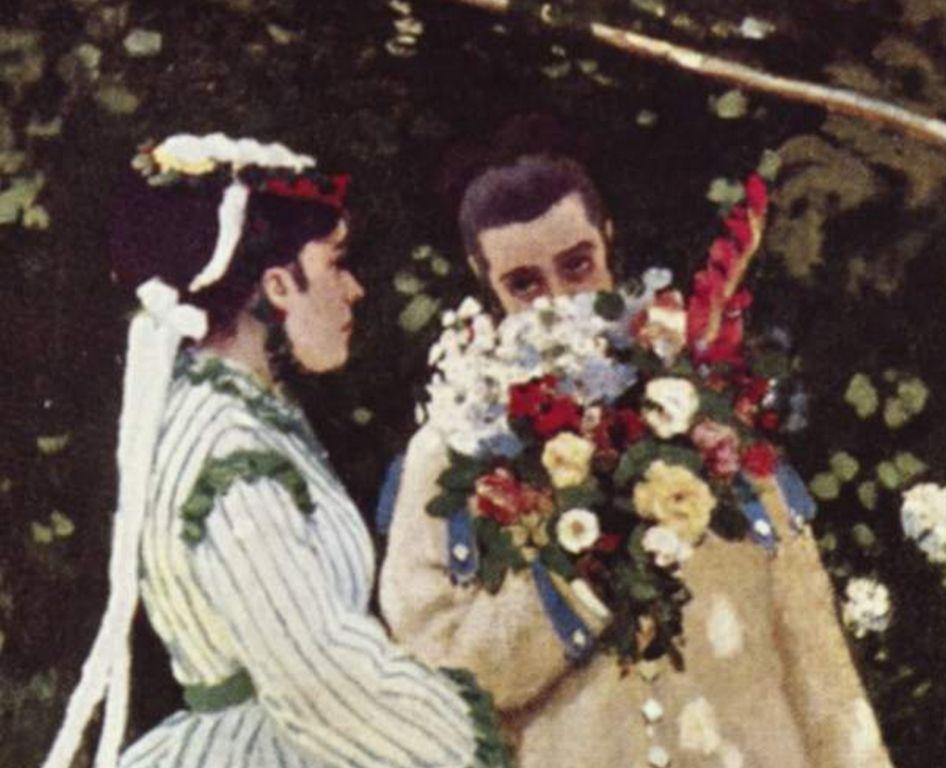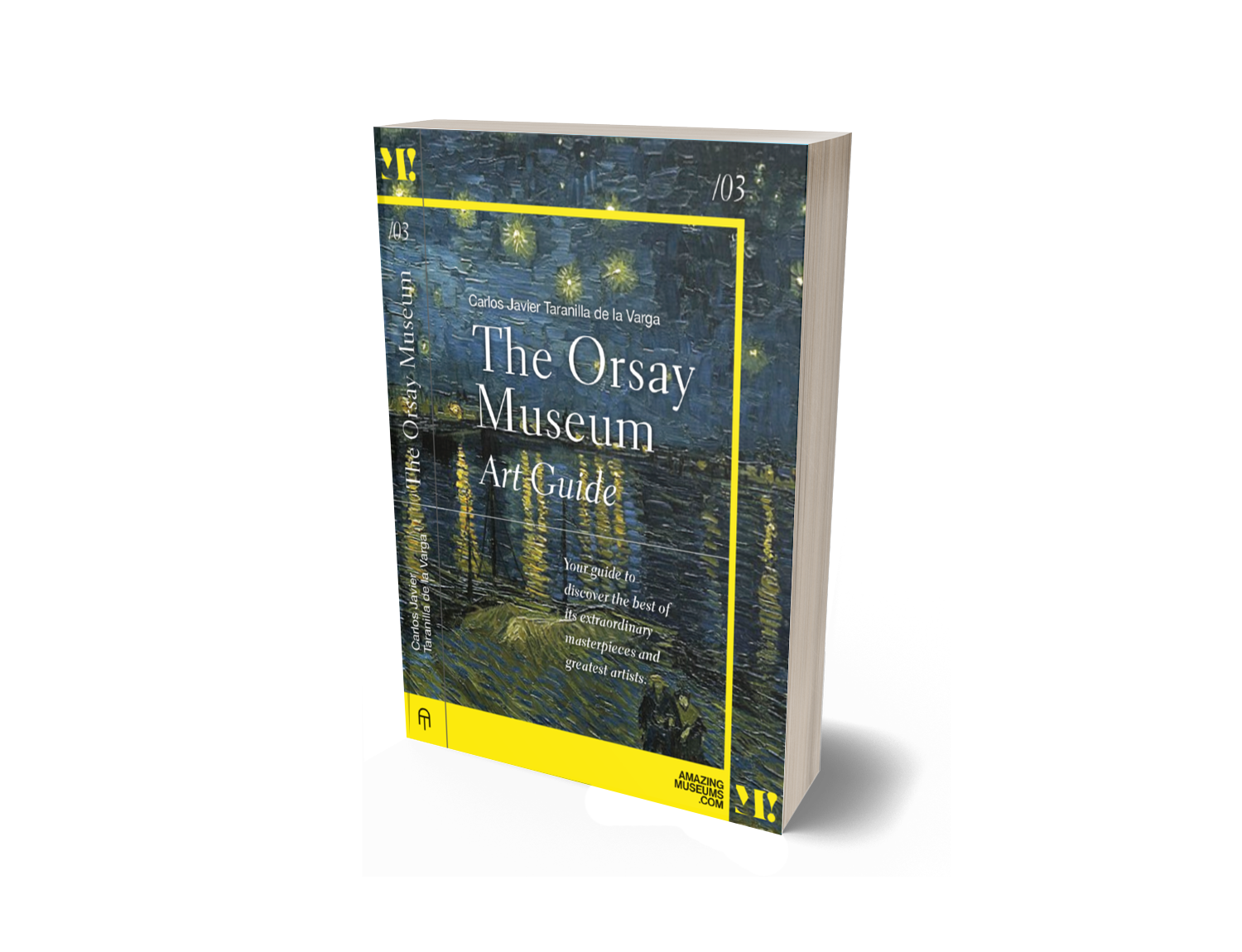
The secret behind Claude Monet's famous "Femmes au jardin"
"Femmes au jardin" is one of the most famous works of the French impressionist painter Claude Monet, painted between 1866 and 1867. In it, you can see three women in different attitudes and clothing, enjoying nature and light in a garden full of flowers and trees, but these three women hide a secret.
Analysis of the painting "Femmes au jardin" by Monet
The painting "Femmes au jardin" (Women in the garden) is a work by the French impressionist painter Claude Monet, made between 1866 and 1867. It is one of the first works in which Monet applied the technique of plein air, that is, painting outdoors, capturing the effects of natural light on the landscape and figures.
The painting depicts four elegantly dressed women in a garden full of flowers. The scene is set in the garden of the house Monet rented in Ville-d'Avray, near Paris. The women are Camille Doncieux, Monet's future wife, and three of her friends. Each has a different attitude: the first is standing, looking at the viewer; the second is seated, reading a book; the third is bent over, picking flowers; and the fourth has her back turned, walking toward the background.

Monet uses a palette of light, luminous colors, with loose, quick brushstrokes, to create an impression of movement and life. The painting has an asymmetrical composition, with a diagonal that divides the space between the area illuminated by the sun and the area shaded by the trees. The painter plays with perspectives and proportions, making the figures appear larger or smaller depending on their position on the plane.
The painting femmes de jardin is a masterpiece of impressionism, showing Monet's interest in nature and feminine beauty. The painter manages to convey the feeling of a fleeting and ephemeral moment, in which women enjoy a sunny day in the garden.
The secret of the painting "Femmes au jardin".
About these women, at first glance, one might think that these are three different women, perhaps friends or family members, who posed for the artist. However, the reality is that the three female figures are the same person: Camille Doncieux, Monet's wife.
Why did Monet decide to paint his wife in three different versions? There are several possible explanations. One is that he wanted to show the versatility and beauty of Camille, who could adapt to different styles and situations. Another is that he wanted to experiment with the effects of light and color on the same face and body, creating contrasts and harmonies between the different garments and the environment. Yet another is that he wanted to express his love and admiration for Camille, who was his muse and companion for many years.

Whatever the reason, what is certain is that "Femmes au jardin" is a masterpiece of impressionism, capturing the essence of an ephemeral and sublime moment, in which nature and woman merge into a single beauty.
To conclude this article, it is worth noting that "Femmes au jardin" is not only a sample of Monet's talent and sensitivity, but also a testimony of the love story between him and Camille, who married in 1870 and had two children. Sadly, Camille died in 1879 of tuberculosis, leaving Monet in deep sadness. Despite this, Monet continued to paint until his death in 1926, leaving an incomparable artistic legacy.
If you want to learn more about other Impressionist works, we recommend "Musée d'Orsay Art Guide", our book about the museum that houses the largest amount of Impressionist work in the world, as well as a must-have art guide to discover and learn the essentials of the great works, artists and styles at the Musée d'Orsay, available soon.

